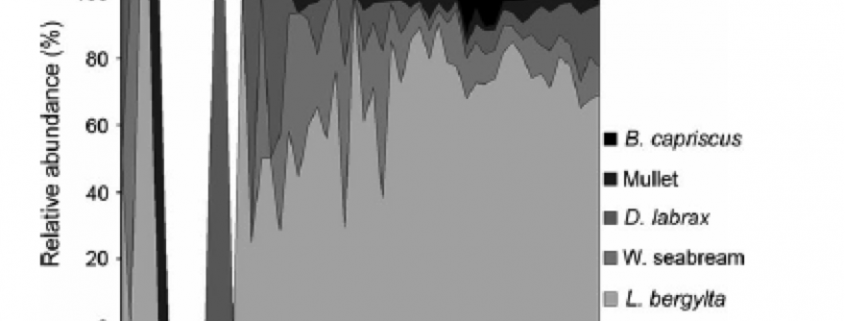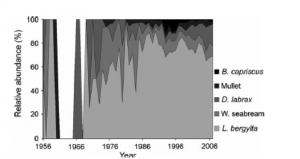The use of spearfishing competition data in fisheries management
by Pat Goebel, RJD Intern
There are fewer fishes in the ocean today than there were 200, 100, and even 20 years ago. This fact is reiterated in the case study authored by Pita, which shows decreases in the abundance and weight of coastal rocky reef fishes over the last 50 years in Galicia.
The methods scientists use to determine estimates in abundance and size are criticized, especially when estimates are based on data from commercial fisheries. Commercial fisheries are always changing or shifting. New regulations and markets combined with more or less productive fishing grounds can misrepresent population estimates. A solution to this can be to use long-term data sets from recreational fisheries competitions. In the case study, The use of spearfishing competition data in fisheries management: evidence for a hidden near collapse of a coastal fish community of Galicia (NE Atlantic Ocean), a long-term data set (1953-2007) of recreational spear fishing was investigated to estimate local fish populations.
The results of the present study show a dramatic decrease in abundance (up to 76%) and body weight (76%) of coastal rocky reef fishes over the last 50 years. The decreases in population size and body weight are both critical factors, which will hamper the recovery of the coastal rocky reef fishes in Galicia.
Fishing along with global warming and pollution has nearly resulted in the collapse of the coastal rocky reef fish in Galicia. A management plan to help restore the depleted fish stock is eminent. A solution to the problem may lie in the paper as the size of the catch and the size of the fish tended to be bigger in the least fished zone. So, stopping or reducing fishing in heavily fished areas may help restore the abundance and size of fishes within this important ecosystem.
Pita, P., and J. Freire. “The use of spearfishing competition data in fisheries management: evidence for a hidden near collapse of a coastal fish community of Galicia (NE Atlantic Ocean).” Fisheries Management and Ecology 21.6 (2014): 454-469.





Leave a Reply
Want to join the discussion?Feel free to contribute!